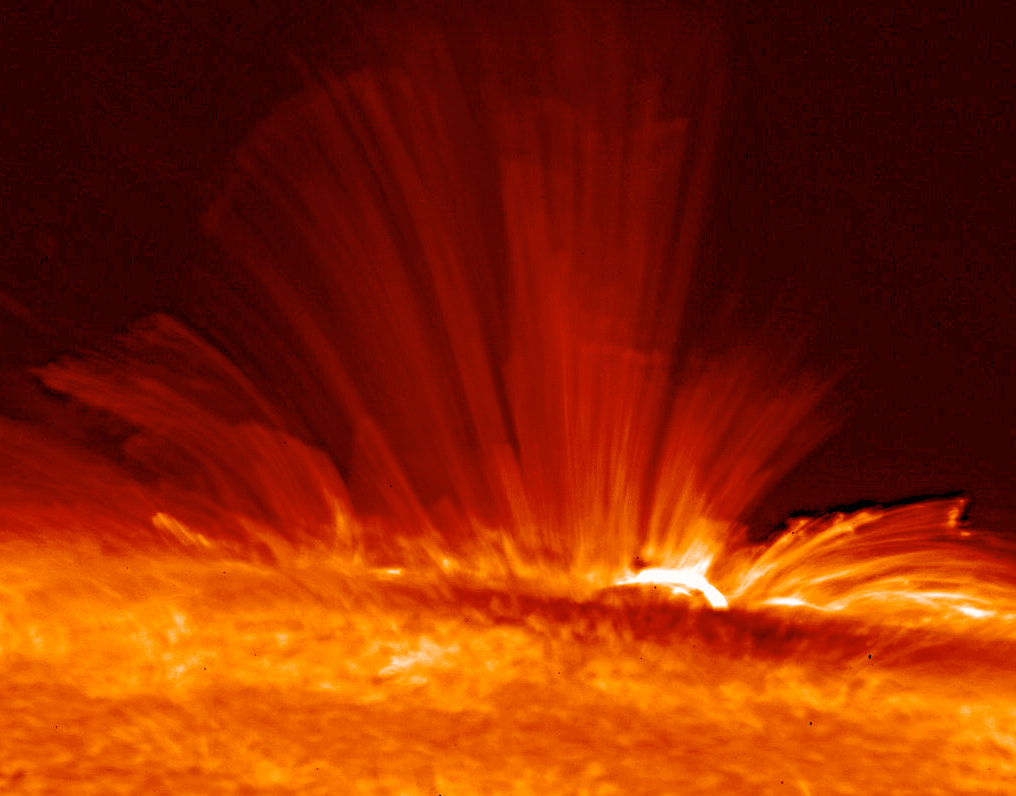The chromosphere is the second of the three layers in the Earth’s atmosphere, between the troposphere and the stratosphere. The chromosphere is not as dense as the troposphere, and its temperature increases with height. The upper part of the chromosphere is called the ionosphere.
The chromosphere is important for two reasons. First, it absorbs ultraviolet radiation from the Sun, which would otherwise be harmful to life on Earth. Second, it is where most of our visible light comes from: when we look at a red sunsets, for example, we are seeing light that has been scattered by particles in the chromosphere.
The chromosphere was discovered in 1868 by Robert Bunsen and Gustav Kirchhoff using a spectroscope. They observed dark lines in the spectrum of sunlight that they could not explain using any known chemical element. These lines were later shown to be caused by absorption of specific wavelengths of light by atoms in a high-energy state – what we now call excited atoms.
In 1911, Eugen Goldstein showed that these same excited atoms emit light at specific wavelengths when they return to their ground state – what we now call emission lines. He also showed that this emission is strongest in regions where there are large numbers of excited atoms – such as those found in the Sun’s atmosphere.


